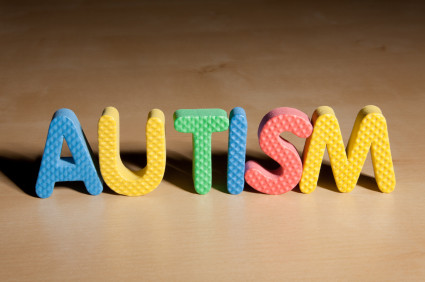
Opinion, Resources  by Dr. Stanley Greenspan, “The Out-of-Sync Child Has Fun
by Dr. Stanley Greenspan, “The Out-of-Sync Child Has Fun ” by Carol Kranowitz and “Giggle Time
” by Carol Kranowitz and “Giggle Time ” by Susan Aud Sonders for excellent information about practicing play therapy at home.
We have a membership at the Friendship Circle. It's a non-profit organization with a recreational facility and various programs for families of children with special needs. Each of the activity rooms has a different sensory focus, so there's a music room, gross motor room, sand room, water room, art studio, light room, etc. If you like, we could meet there to talk during open play. You won’t believe this place until you see it.
I'm familiar with the feeling of jumping head-first into the deep end of the pool with no swimming lessons. I am here for you when you have more questions. I am praying for your family.
Love,
Karen
” by Susan Aud Sonders for excellent information about practicing play therapy at home.
We have a membership at the Friendship Circle. It's a non-profit organization with a recreational facility and various programs for families of children with special needs. Each of the activity rooms has a different sensory focus, so there's a music room, gross motor room, sand room, water room, art studio, light room, etc. If you like, we could meet there to talk during open play. You won’t believe this place until you see it.
I'm familiar with the feeling of jumping head-first into the deep end of the pool with no swimming lessons. I am here for you when you have more questions. I am praying for your family.
Love,
Karen
Diagnosis: Autism - The Letter I Wish I Had Received
I’ve become the unofficial autism ambassador in my local mothers’ group. In one 24 hour period, I received two e-mails - one from a concerned aunt, one from a mother of a toddler with some symptoms of autism - requesting information about the diagnostic process and everyday support for an autistic child. I’ve written about 10 responses to requests like these so far this year. Here is a composite of my responses for all those families out there who are just starting to consider the possibility of autism in a beloved child. Please note that I claim no medical or therapeutic expertise: I’m just a mom with ten years of experience caring for a child with autism, and this is the letter I wish I had received nine years ago. If you know a “Jennifer” or an “Aidan,” please share this letter with them.***********************************************************************
Dear Jennifer, I’m so sorry to hear about your concerns for your son Aidan. No, I’m not at all offended that you asked our mutual friend for my e-mail address. In fact, I wish I had someone to guide me through the confusing process of diagnosis and treatment for my son many years ago. If you are already asking questions about autism, then you probably know about the Modified Checklist for Autism in Toddlers (M-CHAT). You’ve probably also read some basic information about what autism is and isn’t - for example, many assume that a nonverbal toddler is autistic. I think it’s important to remember that some nonverbal children do not fit the diagnostic criteria for autism, and some verbal children who use language in unusual ways do receive a diagnosis of autism.


